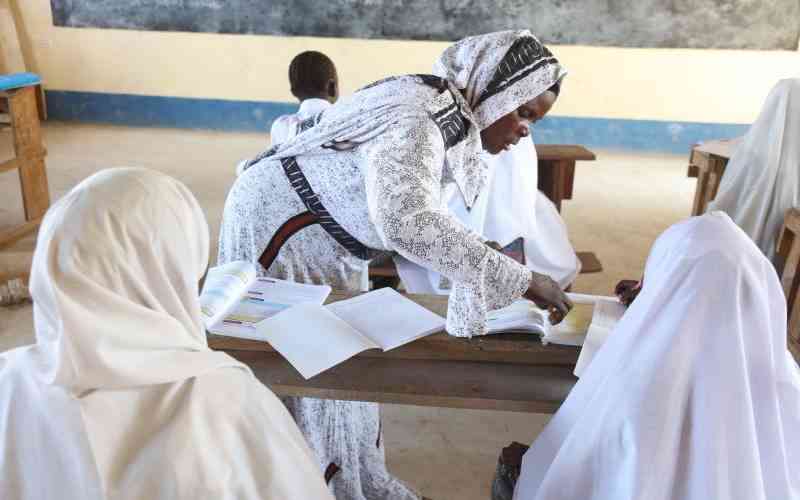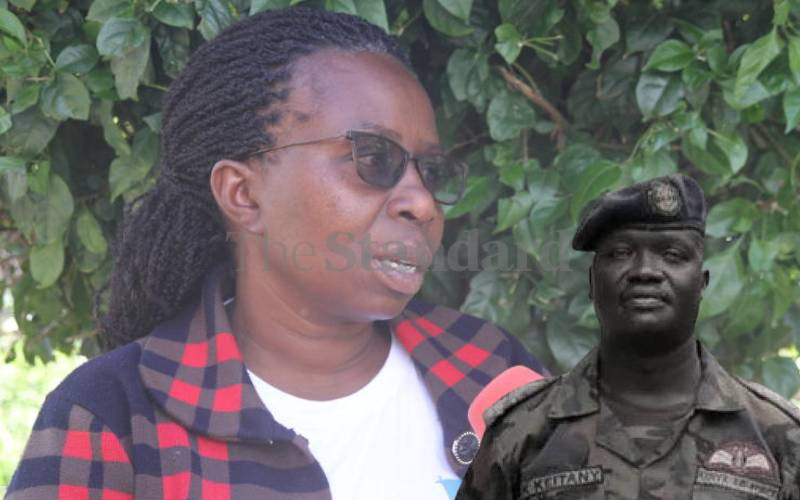The Standard on Sunday of August, 16, 2015 published a story under headline ‘State in slumber as drums of war sound in Tana.’
The writer attempted to analyse the recent conflict between two communities in Tana River by looking at other factors that may have fuelled the conflict.
However, at the time the story was published all those who fled their homes had been resettled and Tana River County Governor Hussein Dado had spent four days in the area to ensure normalcy has returned.
There are many factors that have influenced the peace and stability in the county for the last two and half years.
Most authors who write on Tana River fail to note that for past two years the county has not had ethnic conflict that has led to bloodshed until the recent incident which has since been resolved.
Governor Dado and his deputy Jire Siyat after taking the oath of office in 2013 declared peace as their first priority.
This was informed by the fact that, without peace no meaningful development can take place. The first challenge they faced was putting together a cabinet.
The governor appointed two of his leading opponents and a relative of another leading opponent to the cabinet and a department of Cohesion and Special programme was formed.
The county rolled out a cohesion programme, putting together measures to ensure that blood will never be shed again.
To this end, selected village elders and opinion leaders were taken to Rwanda to witness the gory effects of inter-ethnic rivalries.
Those who visited Rwanda brought back humbling stories of the ugly fruits of negative ethnicity after visiting genocide sites, victims and mass graves.
The peace building initiatives also encompass resilience enhancement and forgiveness among communities and initiatives that reduce conflict over resources such as building of earth dams and boreholes.
The county government is an-all-inclusive unit whose employment is sensitive to all communities, small or big.
Seven members of the county Public Service Board (CPSB) come from different communities in the county, which eliminates the likelihood of nepotism during job appointments.
In a recent ethnic audit report by National Cohesion and Integration Commission (NCIC), a section of which was quoted by story carried by this paper in May this year, Tana River County was recognised as one of the counties that have complied with the law on ethnic representation in public service.
Tana River County has 26 ethnic groups represented in its government and the county’s public service board was recognised among most ethnically representative.
Section 65 of County Governments Act requires county governments to ensure at least 30 per cent of public positions are filled by people not from the dominant ethnic community in the county. This has been achieved.
The writer is the Director of Communications, Tana River County
Stay informed. Subscribe to our newsletter
 The Standard Group Plc is a
multi-media organization with investments in media platforms spanning newspaper
print operations, television, radio broadcasting, digital and online services. The
Standard Group is recognized as a leading multi-media house in Kenya with a key
influence in matters of national and international interest.
The Standard Group Plc is a
multi-media organization with investments in media platforms spanning newspaper
print operations, television, radio broadcasting, digital and online services. The
Standard Group is recognized as a leading multi-media house in Kenya with a key
influence in matters of national and international interest.
 The Standard Group Plc is a
multi-media organization with investments in media platforms spanning newspaper
print operations, television, radio broadcasting, digital and online services. The
Standard Group is recognized as a leading multi-media house in Kenya with a key
influence in matters of national and international interest.
The Standard Group Plc is a
multi-media organization with investments in media platforms spanning newspaper
print operations, television, radio broadcasting, digital and online services. The
Standard Group is recognized as a leading multi-media house in Kenya with a key
influence in matters of national and international interest.








